Before we had this thing we had books.
There were few about advertising.
Aside from the awards annuals, there was one by Jerry Della Femina, but it didn’t have any pictures.
One by David Ogilvy, but he wasn’t exactly popular at the time.
George Lois had a giant square one, which was good.
Then there was Bill Bernbach’s Book.
Different league.
The gold standard.
Our bible.
Virtually all creatives owned a copy.
We didn’t know who’d done ads as there were no credits.
Creatives would pore over that book again and again; looking for clues on how to create such great work.
I’ve made a figures small and pushed them to one side because of that ‘Back To School’ ad.
I’ve used a Magic Marker roughs instead of a proper illustrations to make ideas jump off a page because of that ‘Or buy a Volkswagen’ ad.
I’ve tried product demo routes because of the ad where the cat is trying to get the canary on the GTE Television.
Those three, plus another four in Bill’s book were Art Directed by Charlie Piccirillo, Charlie ‘Pic’ to his friends.
That’s 7 out of 127 all time DDB classics.
5.5%.
When you consider the hundreds of great creatives who’d been through DDB in the 50s, 60s, 70s and 80s; that’s a helluva batting average.
Not only did I get to grill Charlie on every aspect of his career, I got better copies of some of my favourite ads than I’d ever seen.
Better even than those in Bill’s book.
So thank you Charlie.
First, where were you born?
Brooklyn.
Moved to the county of Queens, which was the next borough over when I was a small child.

Were you a creative kid?
I wouldn’t consider myself as having been a creative kid but I did have the ability to draw at a young age.
Maybe it’s in my genes dating back to the Italian Renaissance Artists days.
It came in handy because as kids our schoolbooks were always wrapped in shopping bags by our Mothers.
Given my talent to draw I covered my blank covers by copying characters from comic books.
Notably the ‘Archie’ comics and specifically the characters Betty & Veronica.
This made me the most popular kid in class as every boy wanted me to draw these sexy girls on their book covers as well.
So I knew there was something to this drawing thing.
Little did I know that I would spend a good portion of my live drawing TV storyboards with the same technique.

What was your first job?
After High School I got a job in Manhattan working for Fairchild Publications, in Manhattan, who published Trade newspapers for the Garment, Jewellery and Financial companies in the city, and went to Art School at night. Pratt Institute in Brooklyn.
Then I was drafted.
Spent two years in the Army, one of them in Germany, bouncing around in a 30 ton hunk of metal called a Sherman Tank. (Which probably accounts for my bad back).
Continued my art education after the service with classes at the Art Students League in Manhattan and put together a portfolio with a broad range of aspects.
Illustration, Hand Lettering, Design and a few ads I had done on my own.
How did you end up in advertising?
I sent my resume to JW Thompson and three other big ad agencies, but never got a call.
Then I answered an ad in The New York Times advertising for an Artist to work in the Art Studio of a small
ad agency I’d never heard of; Doyle, Dane, Bernbach.
I interviewed with a guy named Bob Gage, who said my ads were terrible but he liked my magic marker drawing style and examples of my hand lettering.
They needed someone to ‘comp’ up the Art Director’s ideas, so I was hired.
The year was 1956.
I spent the next couple of years doing comps and paste-up’s.
How did you switch?
The great art director Bill Taubin kind of liked me, took me under his wing by making me his assistant.
He was my mentor and even though there was a big age difference he was also my best friend.
Because of his tutelage (and patience) I was made Art Director.

Were you pushing for the move or surprised?
I felt I earned this.
I was doing an ad a day on my own and showing them to Bill Taubin, who was a great teacher as well as Art Director.
And when I had Bill’s approval I would stand outside Gage’s office waiting for him to take a look.
I did this for over a year, so I sometimes think Gage promoted me just to get me off his back.
I guess you could call this aggressive, but all of these guys, from Bernbach down were selfless in nurturing and teaching us kids how to do great ads.

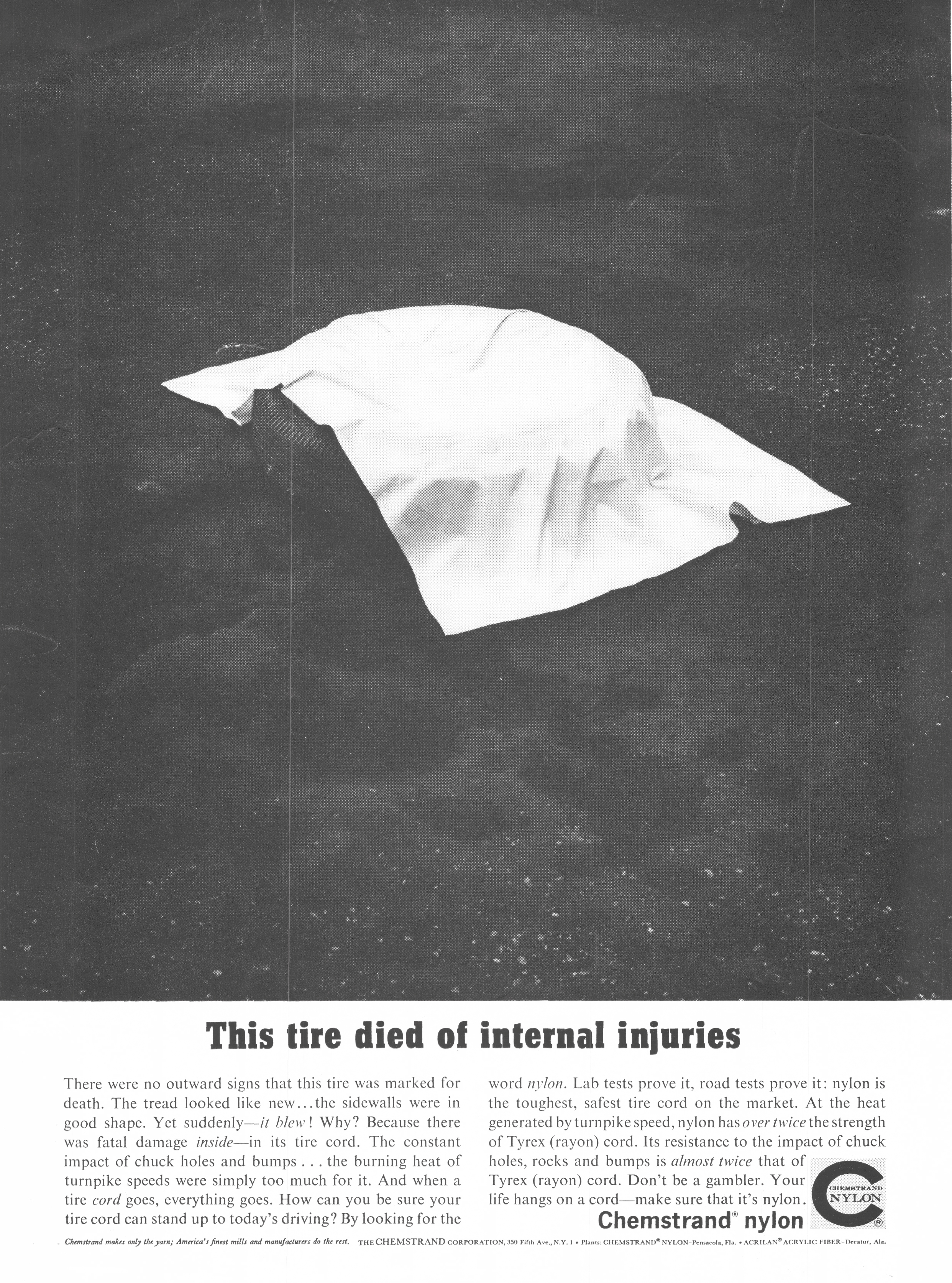
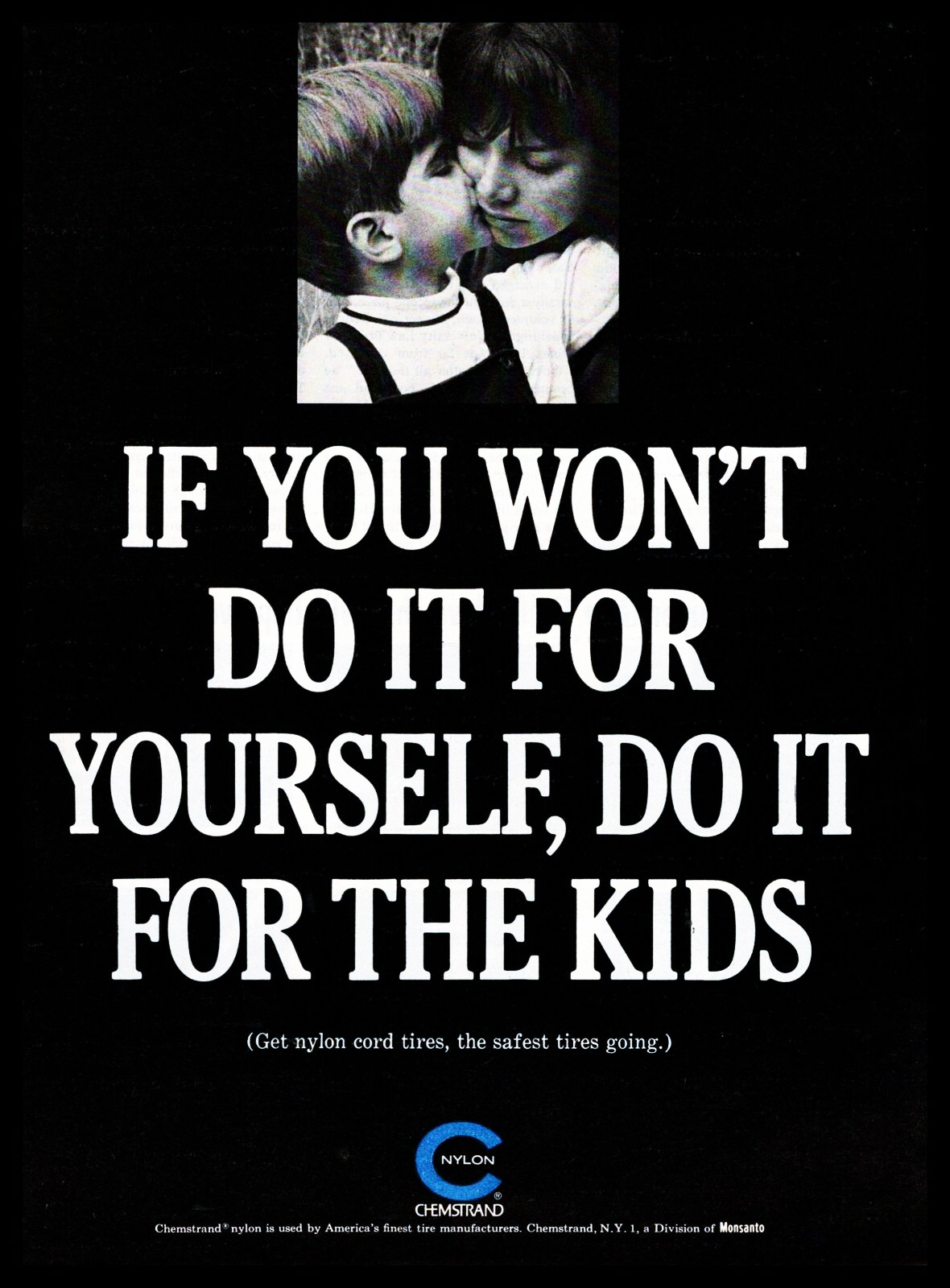
Bill Taubin seems overlooked, he was a great Art Director?
The problem was Taubin was a very laid-back kind of guy.
Actually very shy.
Gage and Krone were always up in Bernbach’s office showing off their work or just schmoozing. (That’s one of the many Jewish words I picked up at DDB).
When I was only Bill Taubin’s assistant he gave me one of his assigned EL AL ads to do.
The catch was I had to do an EL AL small space newspaper campaign too.
It didn’t sound so bad until I found out the campaign would be translated into Hebrew to run in the Haaretz, a Jewish newspaper in Israel.
As it turned out, I got an Art Directors Club Award for it.

The New York Public Library ad is one of those ideas where they should retire that brief, like they do with player’s jerseys?
I did it in my first year of being an Art Director.
Both Bill’s – Taubin and Bernbach were as excited as I was.
Surrounded by the “Giants” of graphics, I actually felt a bit embarrassed that my visual was just a line of small type.
However, I knew it was good, but I never imagined it would win an Art Director’s Club Gold Medal.

Every Art Director I grew up with in London LOVED the ‘Back To School’ ad.
It was always being referenced.
The kid being so small and in the corner of the page was so unusual, but for a reason; it made him seem isolated and somehow sadder, sulkier.
Also, the store are apologising for getting in new stock in was very bold.
Did it feel a little subversive at the time?
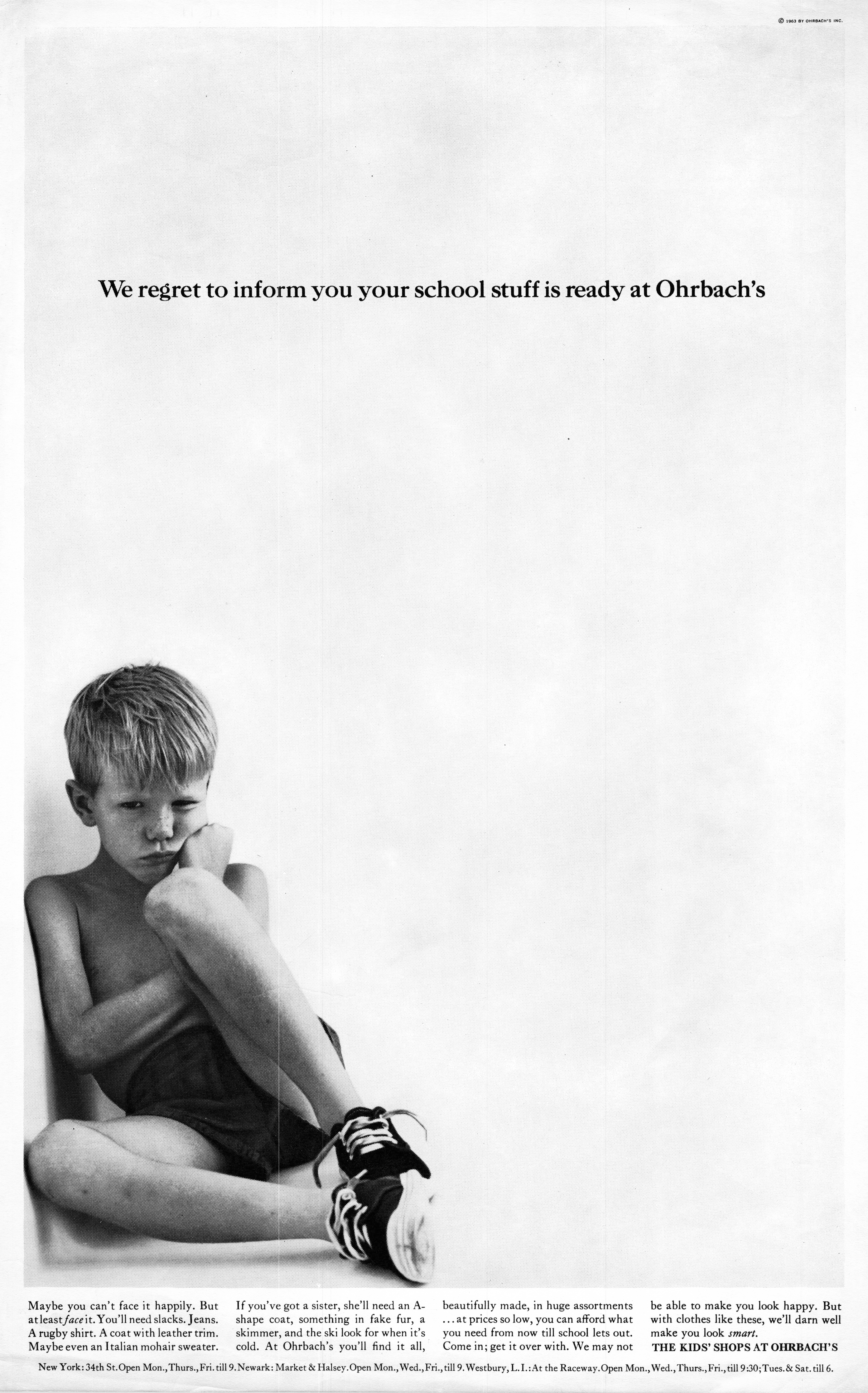
I put myself in the place of the little boy who just got the bad news.
What would I do?
My first reaction would be sadness.
My second reaction would be to try and hide somewhere.
Like hunched down in the corner of my room.
Maybe Mom would forget I was around?
But I no longer had a room at home, so a blank page in The New York Times became my new room.
The other important factor to mention was that although this news was sad for kids, this news made Mom’s very happy and we wanted to win them over with a smile.
You’ve worked with some of the best Art Directors in history, imagine you opened a vineyard, Vineyard de Piccirillo Chianti, or whatever, you can only pick one to make your ads, who and why?
a) Helmut Krone
b) Bob Gage
c) Roy Grace
d) Bill Taubin
e) George Lois
.
In all the hype, glamour, and award show publicity about advertising we often forget that advertising is a serious business.
It may be heresy, and my fellow DDBer’s will not approve, but I want to quote David Ogilvy.
On his desk he had a sign that said: ‘SELL OR ELSE!
’
Bill Bernbach didn’t write it down but he preached it every single day.
In fact I always told the clients whose business I worked on that I considered myself part of their sales force.
I once “kiddingly” asked the Marketing Director of Mobil Oil for a sales commission since the sales of Mobil’s Detergent gas went up dramatically after me and Tom Yobage’s campaign ‘Drive your engine clean’ ran.
He said I’d have to spend a year working out on one Mobil’s oil rigs in the ocean, as he did early in his career. I settled with him buying me a beer.
Now your choices were all great Art Directors that I admire, but if it was my business I choose Helmut Krone.
Because he was the best Salesman.
In 1949 VW sold 2 cars.

In 1963 After the “Think Small” campaign had been established, they sold 200,000 cars.
Now that’s a salesman!
When we got the Avis account their share of market was a lot 5%. Hertz had 90%.

After Helmut’s “We’re only No 2, so we try harder” campaign ran their market share shot up dramatically.
In fact at one point Avis had to drop the ‘We’re No. 2’ from the ads because in many markets they were now No.1. Ahead of Hertz.
Colombian Coffee – an overlooked campaign.
Colombian Coffee was considered too expensive.
However after the Juan Valdez ads, sales and awareness of Colombian coffee went through the roof.
Now that’s a sales record that’s hard to beat.
It would be a requirement that before I hired Helmut –
I would hire Julian Koenig as his writer.
Why Julian?
It was not just because I think he’s a great writer, but also because Julian had the right “devil may care” attitude to get in the cage with Helmut.
Helmut was tough on writers, I
know first-hand as for quite a few years I had the office next door.
I heard the screams, door slamming, even sobs.
Yes, one day I heard the door slam and then some sobbing, it was a woman writer (name withheld for her privacy) who was standing at the closed door, crying, and with bunch of crumpled sheets of paper tissue in her hands.
She was muttering, “He threw me out…he threw me out…”,
I took her downstairs to the bar across the street for a martini to calm her down.
She had two.
Other writers weren’t as easily pacified.
Gastroenteritis and insomnia were a few of the many other side-effects writers suffered that went along with winning the awards.
I don’t believe any of them regretted the experience.
You joined DDB in 1956, at what point did you realise you were in a special place?
Two things: One was when I started getting calls from Headhunters who said other agencies wanted to hire me for double my salary.
And that was based on having only having done only a half dozen ads!
What was even more convincing that I was in a special place was that Art Directors from other agencies were willing to take a 50% cut in salary just to work at DDB.
Why leave?
George Lois called.
George came in to DDB like gangbusters and shook every one up.
Including Helmut Krone.
His work had enormous energy and a bold new style, even for DDB.
Then he left like gangbusters, with Julien Koenig to start PKL.
It was a success immediately.
He needed help – he offered me a job.
At DDB I was ‘second generation’, fighting the big three for the plum accounts.
At PLK I could be first generation.
It was unheard for an Art Director to leave DDB, but the opportunity
to be in at the start of a new agency with all my friends was too exciting.
The year was 1962.
How was your resignation received?
Surprisingly, very cordial.
Everyone was very understanding and encouraging.
In fact Bill Bernbach said if it didn’t work out to please come back.
I felt sort of like my parents who raised me and taught me, were sending me out to the Brave New World. (And only armed with a set a magic markers at that.)
How old was PKL at the time?
A bunch of us came in within a few months.
Sam Scali, Monte Ghertler and Bill Casey from DDB as well.

What accounts did you work on?
Some Piels tv ads, the one I liked was the President of Piels going around the country saying ‘Thank You’ to people for making Piels Draft beer so popular. (Only have it on a buried somewhere on 3/4 inch cassette.)




I did do a kind of whacky spot for P&G’s Salvo Detergent.
It was a tablet so we called it The Dirt Bomb.
It was in black and white and spoofed a lady doing her wash by dropping the tablet from an airplane.
And the Robert Kennedy Senatorial and Presidential campaigns with Julian.
How did you advertise RFK?
The people of New York didn’t know much about Robert F Kennedy, who was running to be their Senator.
And the little they did know wasn’t favorable.
He was an outsider.
A ‘carpet bagger’.
And an arrogant ‘Rich kid’.
Honestly, as a native New Yorker that’s kind of what I thought myself.
But then I met him.
He was not uppity at all, not arrogant in the least.
He was friendly, likeable, down to earth and very engaging.
I was very impressed with his energy and smart ideas for helping New Yorkers.
It was obvious that we didn’t need to create a big idea for the campaign, we already had one.
It was Bobby himself.
All we had to do was get New Yorker’s to meet him ‘face to face’, as we had.
Bobby would take off his jacket and tie, roll up his sleeves and barnstorm from the cities to the upstate factories and farms.
We would videotape the get-togethers, edit and air them.
The theme would be “Let’s put Bob Kennedy to work for New York”.
Now we knew from the start that this campaign would not win awards.
But it did something much more important.
It got the people of New York a great Senator.

RFK’s bid for President was different.
The concept was the same, he would be his own spokesperson.
The big difference for me personally was that instead of his traveling around New York (my home state) where I could be hands-on, he would be barnstorming in states all over the country.
This kind of travel seemed daunting to me so other Art Directors at PKL did the traveling and handled the production.
In fact, one of them was right there in the Ambassador Hotel in California when RFK was shot.
This was a traumatic end for everyone involved.
Do you remember where you were the day RFK was shot?
I was back in New York the time of the shooting.
However, the account guys were right there at the Ambassador Hotel and were in shock for quite a while.
All the edited spots were put on a 3/4 cassette and donated to Ethel Kennedy who was very involved in the campaign. All I have is a signed photo of Bobby with her thanks. It’s like a ‘Gold Medal’ to me.
What was it like working with Julian Koenig?
Working with Julian is best described as ‘catch-me-if-you-can”.
He was not someone who wanted to sit down and kick things around.
Julian would pop into my office with a couple of thoughts then say ‘Think about it’ and leave.
Then I would pop into his busy office with couple of my thoughts and leave.
Sometimes we’d meet accidentally in the Men’s room and share a thought or two.
He always seemed to have something else on his mind.
However, he wrote some great ads doing it his way.
I think Julian’s own words might explain his cavalier working habits better than I can.
When asked why he left a great job at DDB he answered “I believe going into my own business is the fastest way to get out of the business”.
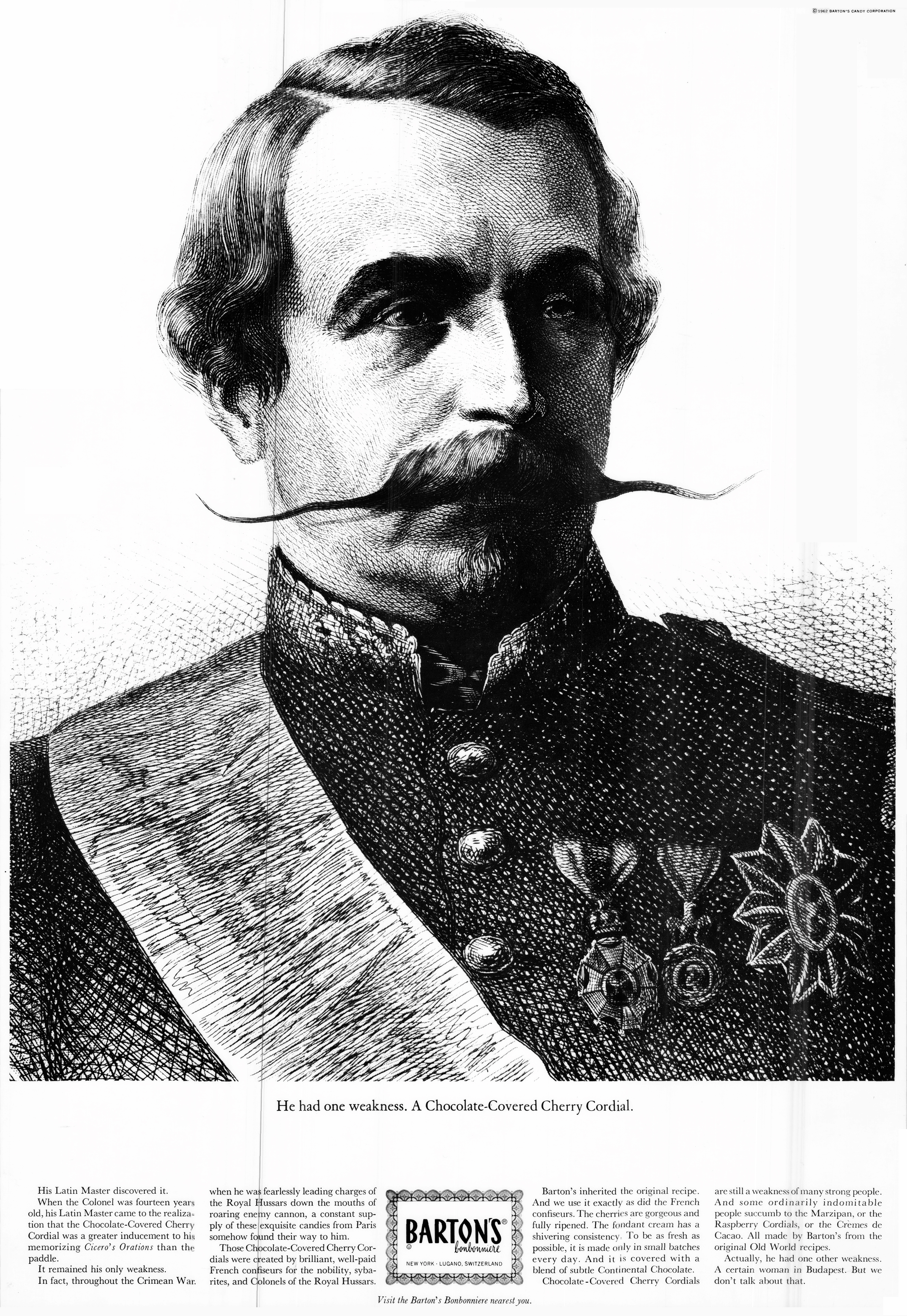
 What did I learn from George Lois.
What did I learn from George Lois.
When I think of George Lois it makes me a little nervous.
He he has so much energy it’s frightening.
He talks fast, he moves fast, he thinks fast.
And that energy shows in his work.
His visuals are simply startling.
Hopefully, being around him for four or five years, some of that energy rubbed off on me.
I also admired George’s guts.
Who else would dare to have five Italian Art Directors, Muchachio, Fiore, Palladino. Scali and Piccirillo all in the same office?
Why did PKL implode?
What went wrong at PKL cannot be explained in thousand emails or even long phone conversations.
Too many crazy characters, too many twists and turns.
Shakespeare would probably write it as a Greek Tragedy.
However, I am not comfortable discussing the events that brought PKL down as George is still very much alive and so are several of my good friends, like
Sam Scali, that I worked with at PKL.
Back to DDB?
It’s 1968.
For the next sixteen years I work on just about every account the agency had, including of
course, many years as Co Creative Director on VW.
Most Art Directors today can’t draw, because layouts are now creates on computers, would being able to draw would still be helpful today?
Well you certainly don’t have to be a Jules Cheret.

One of our predecessor Art Directors.
However, I do think it helps to be able to at the very least, sketch.
One of my doodles turned into my most famous ad – ‘Or buy a Volkswagen’.
It was used all over the world.
So you never know.

The other reason to be able to draw is that drawing is a means of expressing yourself and your ideas.
It’s one thing to have a sense of design, graphics and an idea in your head, but it takes your
fingers to get those talents out, even if is only in a cartoony style.
How else would you do a storyboard?
Now I realize that a computer can move a headline and visual around a thousand ways in minutes, with those same fingers, but to me that becomes artificial, robotic.
The great ads I’ve seen being made by Gage, Taubin and Krone all started with sketches.
They were hand-made.
It may be old fashioned, but that’s good enough for me.
I like the Ohrbach’s campaign you did with Frada Sklar Wallach – high fashion for low incomes, very ballsy?
In the early seventies there was a big movement in New York City as families were moving out of the crowded city to the suburbs.
Better schools and space to raise children.
Ohrbach’s wanted to take advantage of that and opened a store in a mall out on Long Island.
The target audience were the ‘stay at home wives’ of men who now commuted to the city every day.
The store was a huge success.
However, there was a problem.; Ohrbach’s was bombarded with angry letters from wives whose husbands had in fact left them to take up with their secretaries.
Leaving them with the kids as well!
As you might imagine; there was an outcry about the sexy baby sitter as well.
Frankly, Frada, the writer, and I felt terrible as well.
But I did learn a valuable lesson, it made me realize that our ads can have a profound effect on the people we are reaching, and that although I want my ads to be emotional, I should think twice, or even 3 times, to make sure the message isn’t hitting the wrong nerve. 




After a decade of great Chivas ads, coming up with a new campaign must’ve been a challenge?
It was a daunting task.
Chivas had a long tradition of great ads, one after another.
Each a gem of it’s own.
Chivas was also Chairman Edgar Bronfman’s pride and joy.
How do you compete with all of that?
Well, for me it was easy, you just start by working with Mike Mangano, one of the great writers who helped create this unique campaign.
The client’s research indicated that Chivas was not doing well in the market place.
Sales were down.
Readership was off.
And even worse – the image of Chivas was characterized as being old fashioned.
Honestly, their ads were starting to look alike.
Big photo of the Chivas bottle and a clever headline.
We agreed that the visuals needed updating. To be more interesting.
More fun.
But the headline should still have that Chivas wit.



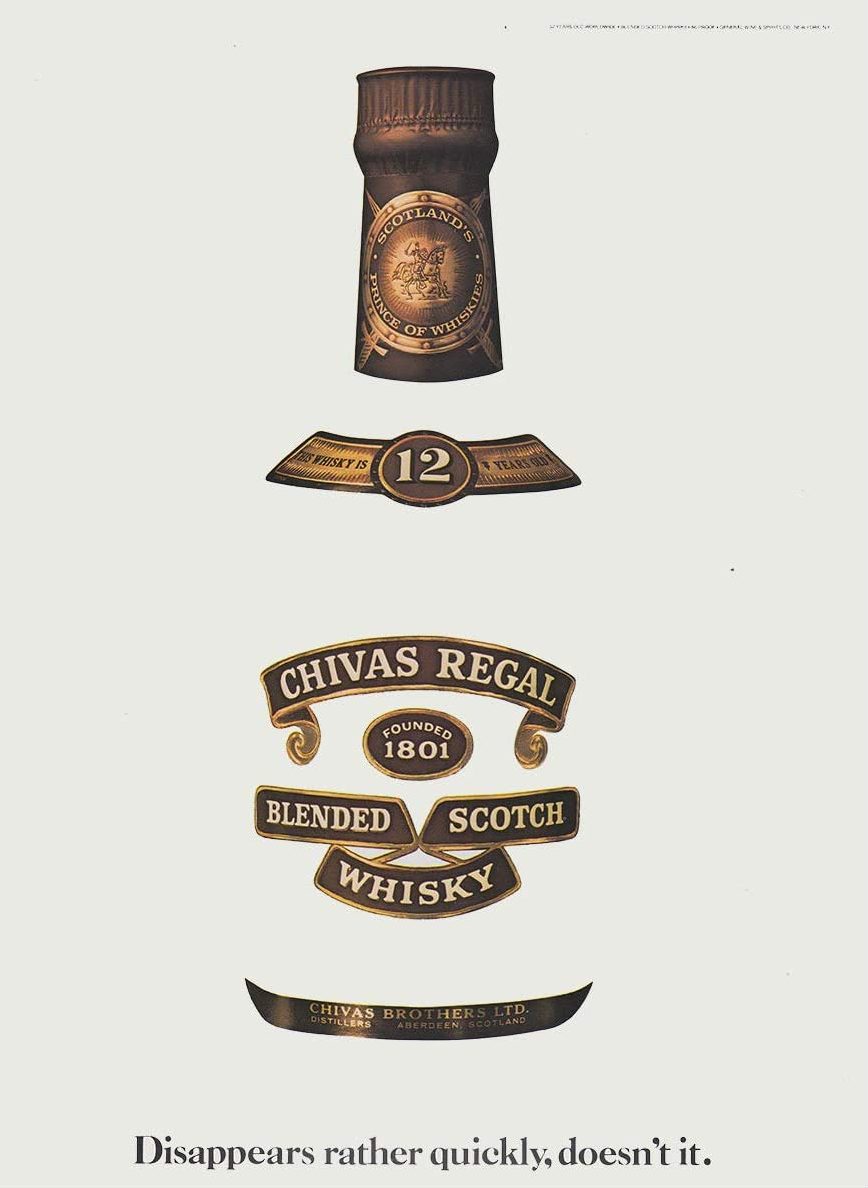




I love the Ohrbach’s campaign you did with Evan Stark, positioning the audience, and therefore the store, as sensible, not crazy, high fashion.
Interesting fact about those ads – they ran one ad in the Sunday New York Times every week.
The big department stores (Macy’s, Gimbel’s and Lord & Taylor) ran a total of twenty pages of ads every Sunday.
However, when research on readership was done, the only department store ad people could recall was Ohrbach’s.







You leave DDB again?
It’s 1984, Stanley Katz, owner of Leber, Katz, Paccione offers me a Partnership in his privately owned agency, one the last few agencies privately owned.
Paccione had retired and I guess he didn’t want to change the P in his LKP logo?
(Interesting that LKP are the same initials as PKL, only backwards).
For me, ownership offered a huge financial opportunity and a chance to be totally in charge of the creative output.
‘BANG!’ or I should say ‘ouch!’, Stanley has a massive heart attack.
Triple bypass.
So decides to cash in.
He sells the agency to Foote Cone & Belding.
Although I am offered a Creative Director position there, it’s not for me.
Did any good work get out while you were at Leber, Katz, Paccione?
Didn’t do much creative work myself.
Spent most of my time trying to energize a mediocre staff and doing new business pitches.
There is one campaign that won a big bank account right before the agency was sold.
The Quilted Northern TV was fun since I did a lot of the animation myself.
But definitely not an award winner.
Back to DDB?
Roy Grace had been calling me on a regular basis to come back.
VW was in trouble and Tom Yobage, who I love, needed a partner to head up the troubled account.
The year is 1986 and I spend the next 19 years there (Whew!)
You changed the look of the VW campaign, sacrilege?
The ‘Got the bug again” ad was done because, at this point, American auto companies had all come out with small cars and Beetle sales were dropping off.
The people in the ads were real people who wrote in.
And since it was a completely different approach I thought it should have a different look.


Your answers are very concise, using very short sentences; is this a result of working with so many Hall of Fame writers, like Bob Levenson, Julian Koenig, Judy Protas and the rest?
To be honest, when I started at DDB I was a quiet, unassuming and mild mannered kind of guy.
I was very likeable, but not very memorable.
I learned quickly from the great Art Directors and Writers that those traits make for some boring advertising.
I learned I couldn’t be laid back anymore.
If I wanted to get ahead at DDB I had to be brash. Bold. Daring.
And get noticed.
At work I had to be Clint Eastwood, James Bond, John Wayne.
Then, when I went home at night, well, I could be my old Jimmy Stewart self.
So I’m sure my snappy ad writing language became a part of me.
If fact, when we are out with friends, I still talk in headlines.
Which is OK since my wife was a Copywriter at DDB and she deftly fills in the copy for the rest of my story.
Was Roy Grace as terrible a person as he’s portrayed in that book ‘Nobody’s Perfect’?
I can only sum it up with Roy’s own words: He told me “I don’t want to be the Creative Director. But I took it because I don’t want anyone else to be the Creative Director”.
This produced his impatience and a kind of dismissive attitude.
And sometimes, even a contempt for all but a chosen few. Which I was not one of.
However, regardless of his personality, I admire his work.
I recently wrote a series of blogposts about the female writers at DDB, at one point there were over 50%, did this seem unusual at the time?
DDB was not only a leader in creativity but also a leader in Inclusion.
In the fifties, the people who worked in the advertising industry were basically WASP’s.
And the W did not stand for women.
In those days women were only hired as secretaries or stenographers.
DDB changed that dramatically.
Women made up a large percentage of not just the creative department but also in Research, Media, and Accounting as well.
So for me, since in was my first job in an ad agency, a lot of women around seemed perfectly normal.
In fact, a woman named Ellie Gentile was my boss as Head of the Art Studio.
 You did some great work on VW, one of my favourites was the ‘Rancher’ commercial.
You did some great work on VW, one of my favourites was the ‘Rancher’ commercial.
It’s a true story.
A rancher out West wrote in that he had a big cattle ranch but didn’t have a horse.
Me and Tom Yobage said: “This is too good to be true. We gotta do this”.
We called the rancher and he agreed to let us film it at his ranch.
However, there is a crazy sidelight.
I wanted to capture the last scene with the round-up complete from the air
, so we could see the herd assembled with the Beetle leading them away.
So we hired a helicopter with a cameraman hovering over the action.
Problem was, the helicopter came down low for a shot.
The wind and sound of the chopper spooked the herd.
They stampeded in all different directions.
It was mayhem and took hours to get them rounded up again.
The upshot of it was that VW got a bill from the rancher for an additional $15,000.
(His calculation of the amount of weight in beef that the cattle lost while running away.)
The client paid the bill, but we all took a ribbing for quite a while.
Name a DDB ad you wish you’d done?
It would be the ad that changed the nature of advertising and ushered in the Creative Revolution.
The ad that only fifteen years after World War 2, took a small, ugly car created by our worst enemy – Hitler, and made it as American as apple pie.
It would also change the auto industry, as the Big Three; GM, Ford and Chrysler had to retool their factories to build small cars to be competitive.
And, as an aside, for all those advertisers who say ‘make my name in the ad BIGGER’, the ‘Think Small’ ad never even mentioned the word Volkswagen.
What went wrong with DDB?
Well, they got bigger, then much bigger.
Then they got richer, then much richer.
That doesn’t sound too bad, especially if you had stock in the company.
But as far has the work goes, the work got poorer.
Mac Dane summed it up when he said: “Going public put more emphasis on the bottom line”.
Hence the merger.
DDB became DDBNeedham Worldwide.
Bernbach was gone and Keith Rheinhard was the new leader.
His philosophy was: ‘You can’t do great work for clients you don’t have’.
One of the ways he fostered that was, in my opinion, the biggest impediment to doing great work every created – The Gang Bang.
He believed that clients would be impressed with having a wide variety of creative ideas to choose from rather than the one that the agency had decided on.
This guaranteed that the best idea, usually the riskiest, would not be selected.
An extreme example of that was Chivas Regal.
Keith ordered a worldwide Gang Bang.
I sat in a meeting where twenty Creative Directors from around the world, as far off as Japan, presented their ideas.
The cork board walls around the huge conference room were covered with ads.
So was the long conference room table.
It was mind boggling.
And very discouraging.
Suddenly, our creative product was no longer valued.
It was fodder.
“Think Small” and “We’re only No 2” would not have survived.
Neither did a great campaign – ‘Life without Chivas’, that Helmut Krone did.
However, I didn’t give up, and kept doing the best work I could.
And most of all, I tried to teach and inspire the young Art Directors and Writers to do great work, as Gage, Taubin and Krone had done for me.
But it just kept getting harder.
What do you look for in a good print idea?
Whether it’s my own or by someone else, the first thing I do is give the ad a ‘Lick your finger’ test.
That’s all the time you have before the reader uses that finger to turn the page.
So the ad must have stopping power.
Now that you’ve got their attention; is the message persuasive?
And last, but not least, is it memorable?
 What about a good tv one?
What about a good tv one?
With TV it’s different, you don’t have to stop someone, they’re a captive audience.
However you’re starting off with viewers not liking you.
After all, you’ve interrupted their favorite program.
So you’d better be entertaining.
That doesn’t always mean funny, it could also mean a captivating demonstration.
But whatever the storyline, along with being entertaining, the same factors of persuasion and memorability are still required.
What separated Richard Avedon from the rest?
His lighting and stark backgrounds were unique, but what makes him so special is that he was much more than a great photographer.
He was also a great Fine Artist.
He designed and painted every image through the lens.
Not just with his amazing eye, but also with his heart.
The result was a unique combination of being beautiful to look at and very emotional.
Was Irving Penn collaborative?
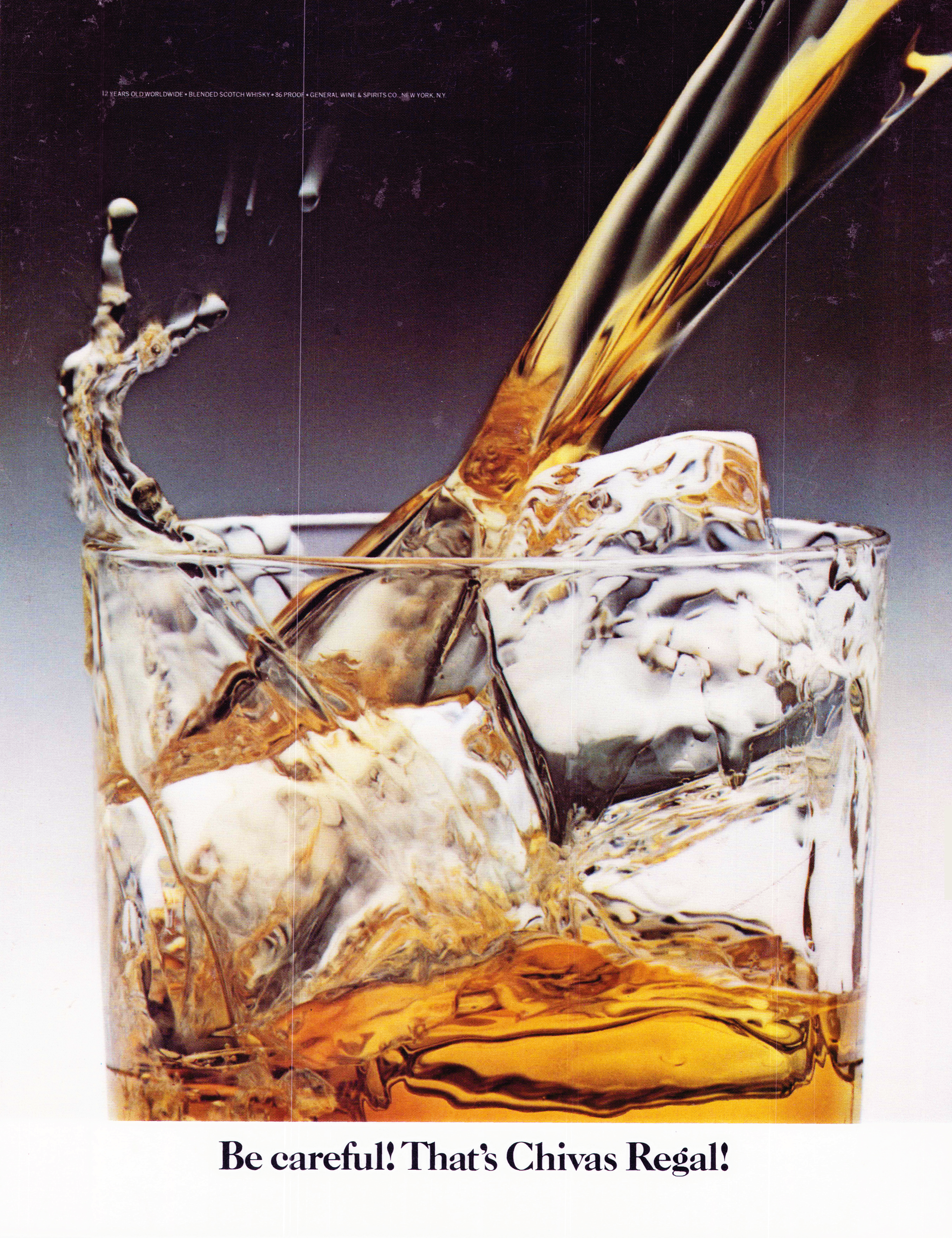
He was very collaborative in discussing the shot and open to my point of view.
However, he had one requirement up front – He would only send one photo to the agency, HIS selection.
I guess he didn’t trust some ad agency Art Director to judge his work?
But then again, with his incredible talent, why should he?
You seemed to have constantly moved from writer to writer, like an Art Directing Nomad?
Rather than being often being teamed up with the same writer, regardless of how good they may be, I found it much more interesting to work with a wide variety of writers.
From Hall of Fame stature, such as Phyllis Robinson, to young, junior Copywriters.
And how else would I have met famous authors like Joseph Heller (Catch 22), Dan Greenberg (How To Be A Jewish Mother) and best-selling authors to be, like Ted Bell?
There were just too many interesting personalities with a wide range of talents, not just to work with, but to meet and get to know.
And it was also my good fortune that many of those writers were very attractive, very witty and very talented women.
One of which I married.
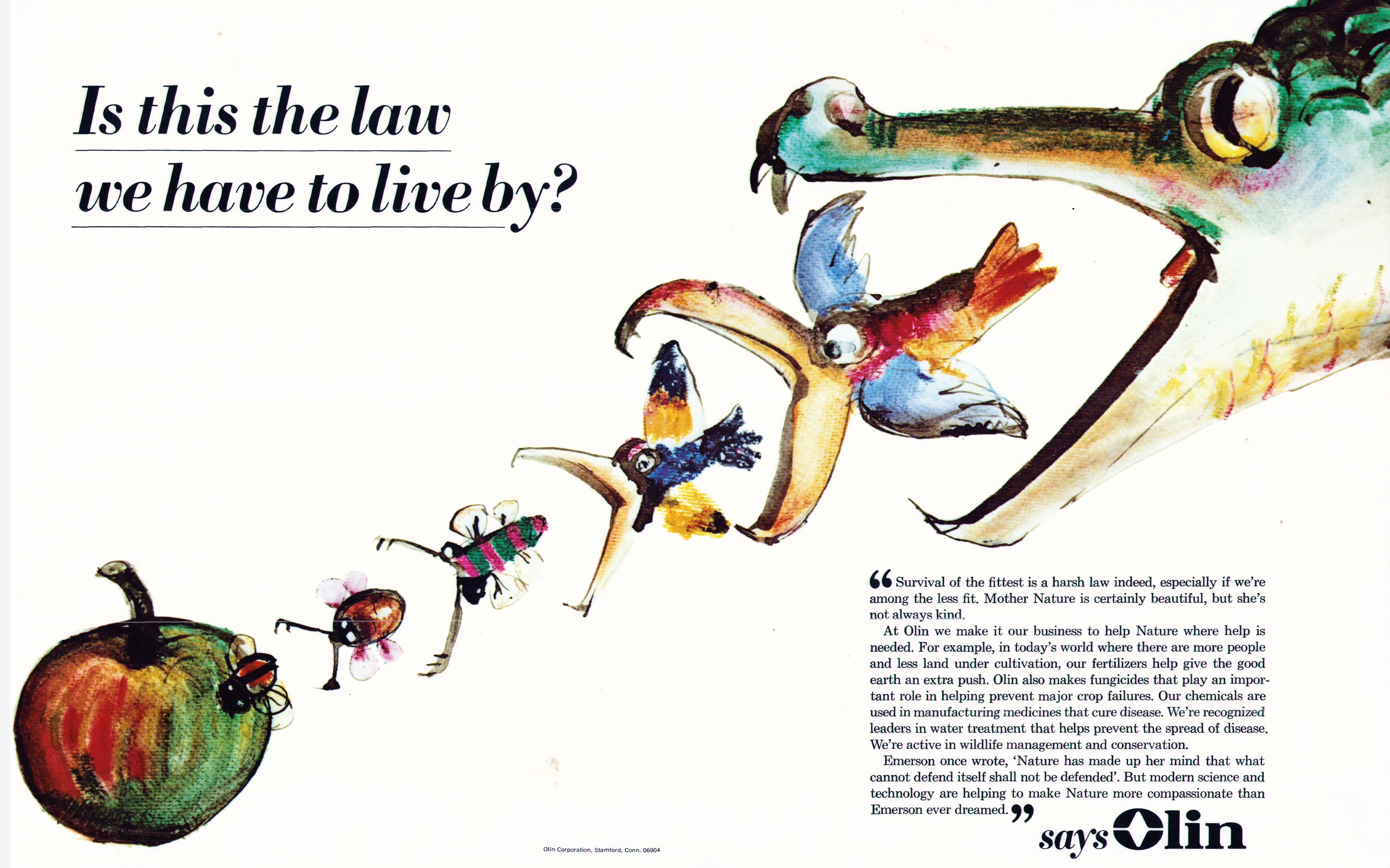
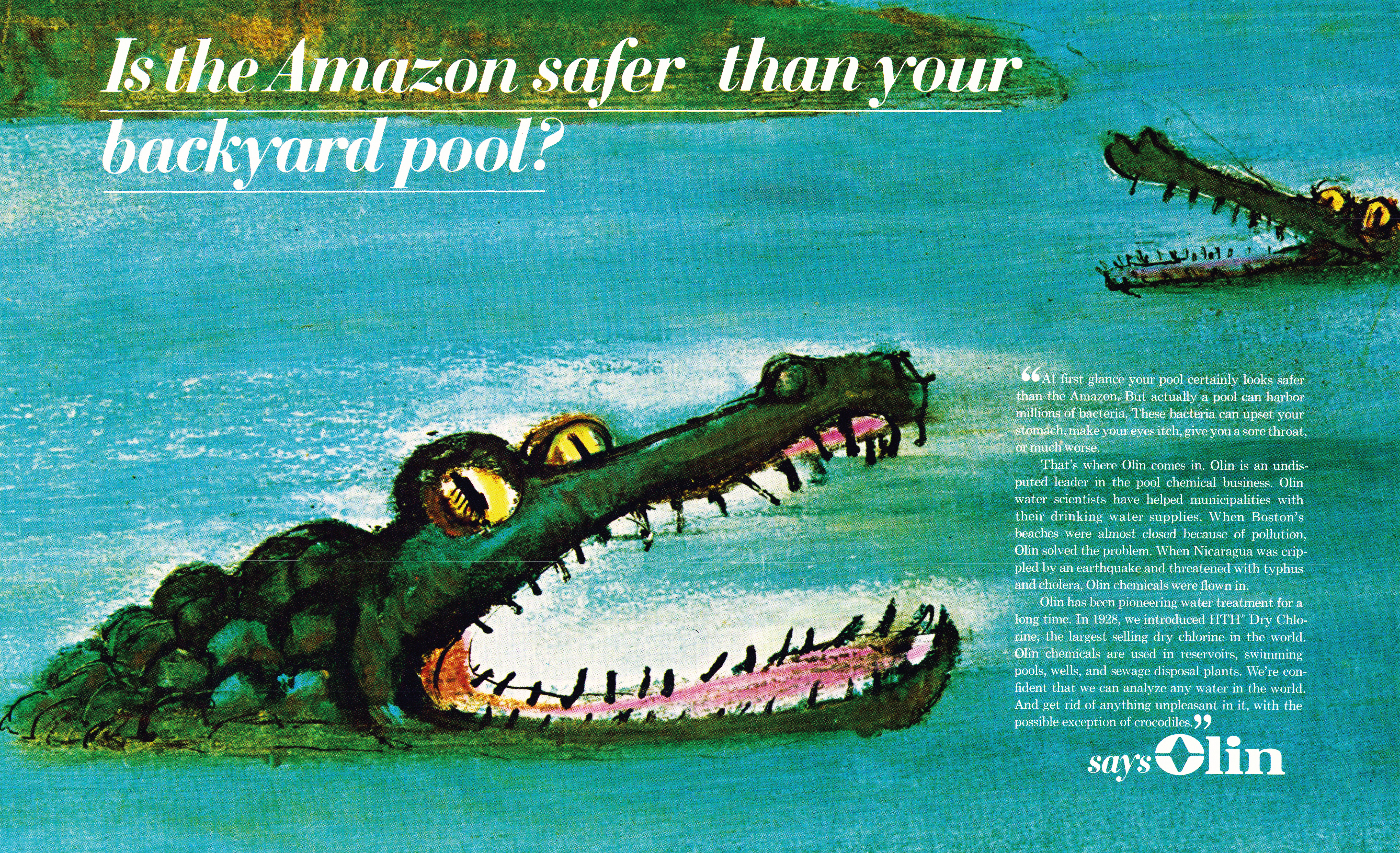


Did you ever consider starting up Thingy, Wotsit & Piccirillo?
I believe my experience early on with PKL had a big effect on my decision not to have my own agency.
Lois and Koenig were two of the most talented creative people in the business.
Their new agency also had a ton of positive press and solid financing.
They got off to a flying start with lots of new business and had the wind to their back.
Everything that should have lead to growth and long-time success.
But. Wow. They didn’t make it.
So although I had quite a few offers to be part of a new agency, this experience always made me very cautious and reluctant to take the chance.




You’ve worked with Bill Bernbach, Muhummad Ali, Robert Kennedy even Zsa Zsa Gabor. Who is the single most impressive human being you’ve ever met?
Muhammad Ali.
I can only describe him as bigger than life.
My admiration wasn’t just that he was a boxing legend, but that he was someone who was willing to sacrifice his entire life, reputation and having a lucrative career to uphold his religious beliefs.
When Ali walked in the door of Henry Wolf’s studio the atmosphere in the room changed.
There was an electricity in the air.
And inside me as well.
My heart was pounding.
I looked behind him for his expected entourage, but there was none?
Just a limo driver who said to call when we were finished.
I found this amazing.
Ali was also physically a lot bigger that I had thought.
We shook hands, his were twice the size of mine.
He spoke softly and was not the ‘killer’ man we all witnessed in the ring, but rather a ‘smart’ man, a ‘thoughtful’ man and a ‘gentle’ man.
An hour later, after the shoot was done, he simply ambled out the door.
My heart was still pounding.
You had three of the best Art Direction teachers ever; Bob Gage, Bill Taubin and Helmut Krone.
What did you learn?
The DDB learning experience has been talked a lot about, being called the University of DDB, with Gage, Taubin and Krone as Professors.
But it’s not that simple.
First of all, if you would have called these guys professors back then, Bob and Bill would have laughed at you, and Helmut would have growled.
After all ‘Professors’ teach information already discovered, have classes, give lectures and have lesson plans.
The big three didn’t do anything like that.
They were more like Revolutionaries.
Rebels who were were overthrowing the established, boring, old guards of the advertising world.
They were too busy creating brand new verbal and visual advertising language to spend time talking to me, but what they did do was much more enlightening.
They put ads on my drawing board in the Art Studio every morning to be pasted up, ads like ‘I found out about Joan’, ‘Think Small’ and ‘You Don’t Have To Be Jewish’.
A week later the finished ad would be pinned up in their office.
It wasn’t long before their corkboards were wall to wall.
Walking from office to office, viewing and studying these masterpieces was the best eduction in the world.
So for those who like to call DDB a University, I would add for me, it was also a Museum.
Two years later, I got my own corkboard.
I sat there in my new office, staring at it’s emptiness, and said to myself “Charlie, don’t fuck it up”.
As for any others sources of learning? I’d have to give enormous credit to Bob Gage and Phyllis Robinson’s philosophy of having us Junior Art Directors teamed up with Senior Writers like Judy Protas, Monte Ghertler or Leon Meadow on our first assignments.
These Old Pro’s (they were in their 30’s) kept our wild ideas in check and stressed we be good salesmen as well as good Art Directors.
What advice would you give the young, bullpen Charlie Pic?
Looking back on it, I guess I should not have been such a pest; following Bob Gage every time he came out of his office to show him my new ideas for ads.
I risked being fired.
On the other hand, I think he promoted me just so he could use the bathroom without interruption.
Thanks Charlie.
(And a big thanks to Tom Yobage (AKA Tom Yobaggy) for making this happen.)
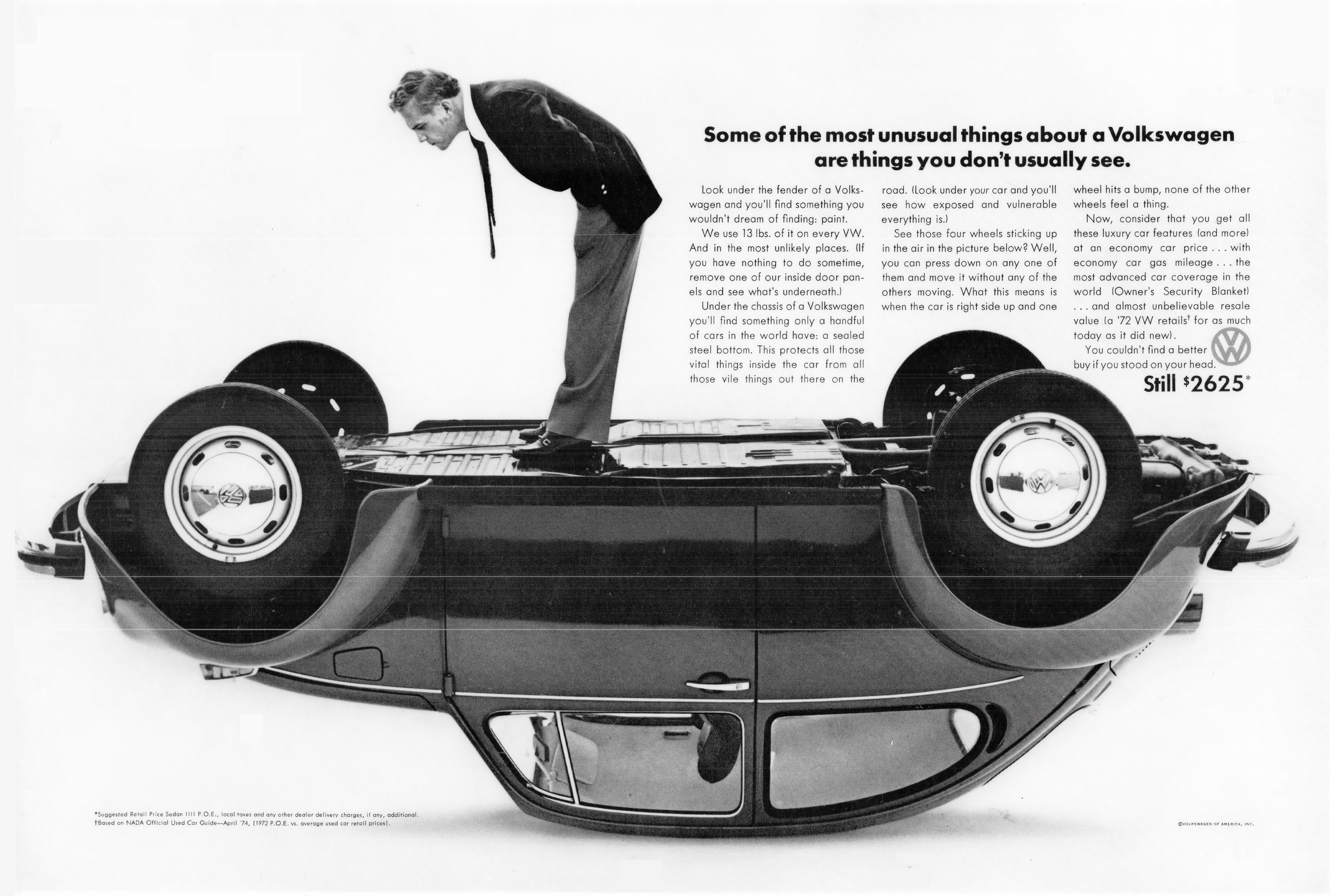
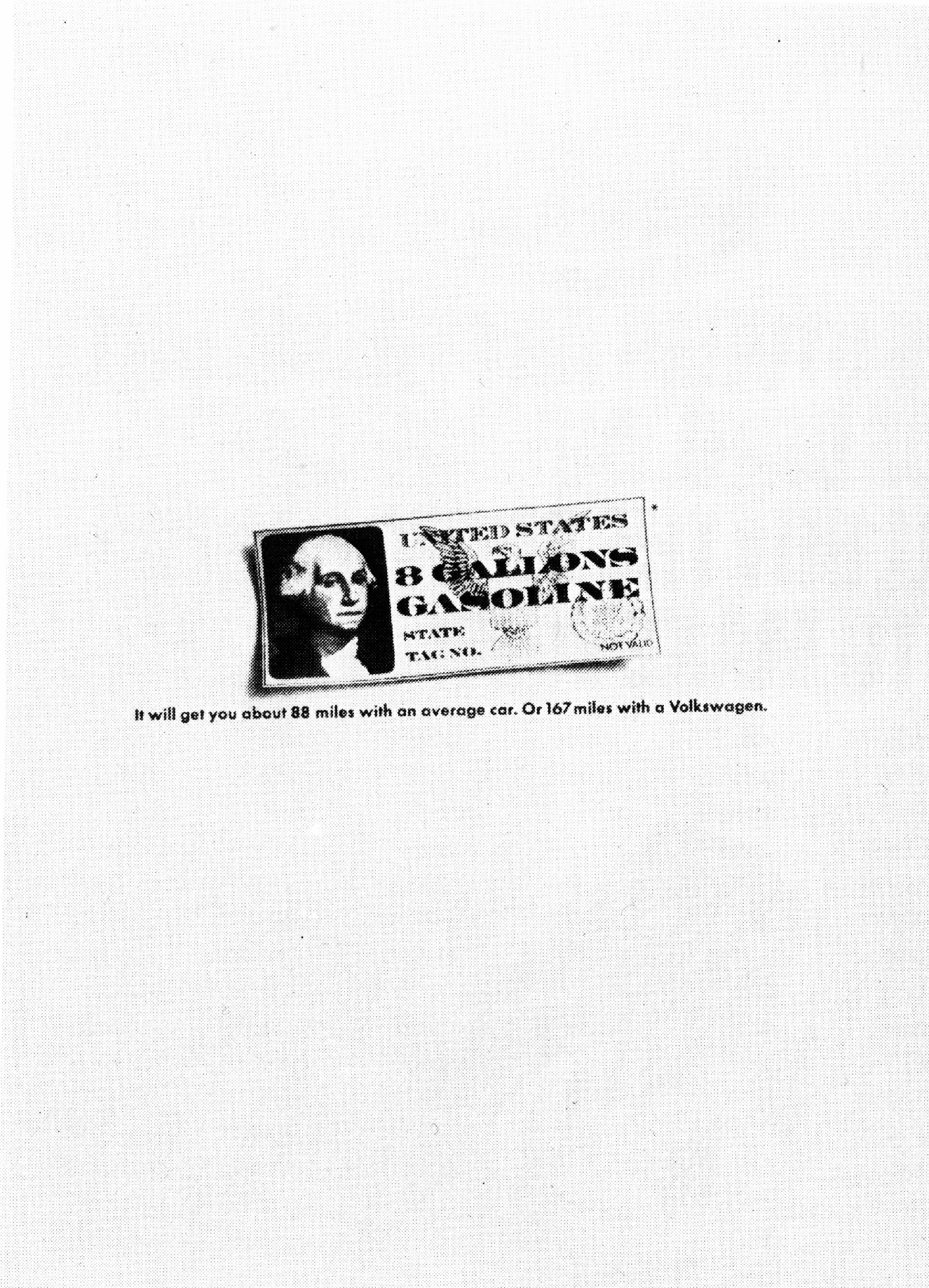




Loved reading this on a cloudy Labour Day Sunday – my husband Dave Caplan was hired by Charlie at PKL. He loves to tell stories about that time. He was sent out to replace Myron Polenberg on the RFK campaign. We still have the RFK brochures and a photo of RFK signed to David with thanks from Ethel. A prized print on our wall. The signature has really faded over time but not the memory or the pride. It would be great to see/meet Charlie …Really enjoyed this memory lane ….Thx
It was a pleasure and a privilege to have worked with Charlie during my years at DDB. I’m shocked to read that he was hired only for his drawings and and his ads were terrible! LOL He’s one of the most conceptual art directors I worked with. “Or buy a Volkswagen” may have been everyone’s favorite, but the depth of his talent is in evidence here. Thank you for this very comprehensive and well-researched interview. And hi to Charlie if you’re reading this!
I only take issue with the visual for this column which seems to imply that advertising was a boys’ club. There were plenty of women creating those ads – most of which targeted women who purchased the majority of the products.
Hey Nicole, I got that image of all the men from a PKL brochure, that was their creative department at the time Charlie was there. Dx
p.s. If you go back a few posts you’ll find a whole bunch of posts I put together on the women who built DDB.
Dave – great stuff. You sent me down several more rabbit holes. Excellent piece about women at early DDB, and I appreciate your rich use of source materials. Fun reading. Thx for being a great historian for advertising. I learned a lot even though I was at DDB for over 15 years.
I worked for Roy Grace, Tom Yobaggy, and Charlie Pic on VW for many years. DDB was a great place. Charlie, you were a great person to work for.
I left DDB when they merged with Needham. I couldn’t bear it.
Terrific profile of good old Charlie P! I was lucky to be his assistant for two years, and learned most of what little I know about concept and design from him.
He may not have been as well known on the outside as some of his peers, but, believe me, he was the most loved and admired art director within the walls of DDB. He never treated me as just a “pair of hands” like the other art director I worked for.
He was generous with assignments and advice, but i think I learned most from just watching him in action. Always soft spoken (I never once heard him yell) and very funny, he over and over came up with the most incredible work. And he gave the most specific and useful advice on things I was working on (unlike one creative director who just said, “do it over but do it better.” Not helpful!). Charlie led by example rather than intimidation, and, in an agency world full of big egos and loud voices, his office was an oasis of calm and good humor.
Reading this great article, and seeing the images and words made me appreciate even more how lucky I was to have started at that great ad incubator called DDB and worked with and alongside amazing people like Charlie, Krone (who was responsible for me asking Roy Grace if I could borrow money from my profit sharing early in 1984 to buy this thing called a Macintosh), Levenson, Mariucci, Mangano, Landsberg, Nathanson, Guillet, Falcone, Leon, Honig, Rothschild, Lawler, Feldman, Taubin, Gage, Robinson, Crosby (both of ’em), Steinhauser, Jue, De Santis, Yamada, Silver, Romeo, Caggiano, Citron, Haligman, Delvecchio, Evcimen, Faulkner, Rice, Yobbagy, Protas, Morales, Farnum, Noble, Brophy, Hacohen, Goldsmith, Grace, Lewis, Cummings, Harrison, Melnick, Reider, Heller, Beck, Abrams, the talented gang in the bullpen, Sillen, the producers, and so many many more I apologize for not mentioning.
And, of course, the man himself, Bill Bernbach. (Who gave me the greatest compliment, ever!)
Charlie is right.
It wasn’t a job.
It was a pleasure to be at a place where, every day, where you had the opportunity to do something great.
Stumbled on this late one night in LA. I had the privilege of working for and with Charlie in the late 70’s – early 80’s. I think he is right up there with all the legendary art directors of DDB.
I also want to say hi to the people I worked alongside at DDB including Nicole and Giff, Peter Bregman, Steve Brophy, Kio, Al Evcimen, and too many more to name. The last time I saw Charlie, I don’t remember the year, he was just getting into an elevator. I said “Hello, how are you?” He just looked at me, smiled, and said “Still here” as he stepped into the elevator.
Hi Nicole, Hal, Erv and Peter. I was friends with Charlie P. way back, when we were all at DDB. (I think Lincoln was President.) What a brain! Also, for such a low-key guy, he was stupendously funny. Always. I recently had cause to contact him and I can happily report that both brain and humor are still A+, top-notch.
P.S. And also Garrett.
Hello all! Yes, those were the best years in advertising for so many of us. We cut our teeth at DDB learning our craft. I worked for Charlie and Tom on VW. Both great people and creative directors with brains, humor, wit, wisdom and above all, talent.
This was a great read.
My dad spoke highly of Charlie – and that says a lot.
It was nice to see names like Judy Protas and Tom Yobbage, names not mentioned enough when listing legendary ad people from the past.
Two thumbs up.